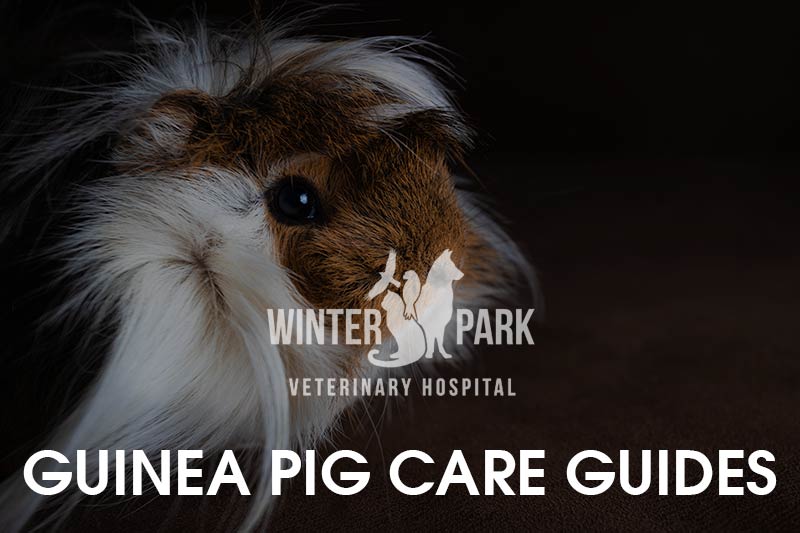Guide to Toxic & Non-Toxic Branches and Plants for Pet Birds
Download this avian care guide – PDF
Non-Toxic, Safe Branches
The following materials are safe IF NO CHEMICAL PESTICIDES OR OTHER CHEMICALS have been sprayed on them. Remember, birds will not only stand on perches, they take great delight from chewing them to pieces. Any toxins on the branch will end up in the bird. Before installing in any cage:
- Scrub the branches with detergent (dish soap) and clean water.
- Soak the branches in a dilute chlorine bleach solution (2oz bleach to 1 gallon of water) for 20 minutes. For large branches (too large to be soaked) put the solution in a misting bottle and spray the entire branch well.
- Rinse them with plenty of water.
- Let them dry completely before use.
| Non-Toxic Branches | |||
| Apple (Crab Apple) | Ash | Almond | Apricot |
| Peach | Plum | Prune | Citrus (Any) |
| Dogwood | Elm | Guava | Papaya |
| Pear | Magnolia | Nut (NOT Chestnut) | Vine Maple |
| Willow | Thurlow |
The above woods can all be used to make toys, swings or perches. For variation in your bird’s environment, strip the bark from some of the branch, leaving the rest natural. The bird will pick its favorite spot to stand and will have fun tearing away the rest of the bark. Use branches of varying thickness: this provides exercise for the bird’s feet and helps prevent pressure sores.
Non-Toxic, Safe Foliage Plants
We do not recommend putting plants in your bird’s cage: they do nothing directly to improve your pet’s life and are difficult to maintain and keep clean. However, free-roaming birds in the house (always a dangerous idea if unattended) may come into contact with and chew on houseplants. Some bird owners enjoy providing a “wild” environment outside and near their bird’s cage, creating a natural barrier to noise and increasing privacy for the bird. In this case, the bird may be able to reach the plants while perching outside (on top of) the cage or even through the bars. Safe plants are a must.
| Non-Toxic Foliage Plants | |||
| Acacia | Aloe | African Violet | Baby’s Tears |
| Bamboo | Begonia | Bougainvillea | Coffee Arabica |
| Christmas Cactus | Cissus (Kangaroo Vine) | Coleus | Corn Plant |
| Dandelion | Dracaena Varieties | Ferns (Most) | Figs |
| Grape Ivy | Jade Plant | Kalachoe | Marigolds |
| Mother-in-Law | Natal Plum | Norfolk Pine | Perpperomia |
| Petunia | Pittosporum | Pothos | Prayer Plant |
| Purple Passion | Spider Plant | Schefflerra | Mimosa |
| Swedish Ivy | Thistle | Wandering Jew | Clover |
| Zebra Plant |
Toxic Woods
Under no circumstances should the woods listed be introduced to your birds enclosure, nor should they be kept anywhere within chewing distance from their cage.
| Toxic Woods | |||
| Black Locust | Cherry | Chestnut | Locust |
| Oak | Red Maple | Cedar | Camphor |
| Walnut |
Toxic Plants and Plant Parts
Few of these plants are commonly grown indoors. However, patio and garden plants are often cut for flower arrangements and brought into the home. Some bird owners take their parrots into the garden or allow them limited freedom outdoors where they can be exposed to plants not generally seen indoors. Beans, seed pods and berries are especially attractive to curious birds.
We are frequently asked about Cacti. While you will not find cactus on either list, most are non-toxic. However, the spines are a source of mechanical injury to the face and feet of birds. The bird’s feathers are good defense against damage to the other parts of the body.
| Toxic Plants and Plant Parts | |||
| Arum Lily | Autumn Crocus | Avocado | Azalea |
| Yews | Baneberry | Bird of Paradise | Bleeding Heart |
| Beans | Castor, Horse, Fava, Broad, Scarlet Runner, Mescal, Pregatory, Navy | ||
| Bulb Flowers | Amaryllis, Daffodil, Iris, Hyacinth, Narcissus | ||
| Bloodroot | Blue Bonnet | Bracken Fern | Yellow Jasmine |
| Burdock | Bittercup | Cacao | Caladium |
| Cana Lily | Clematis | Cardinal Flower | Chalice |
| China Berry | Christmas Candle | Cocklebur | Coffee Senna |
| Coral Plant | Coriander | Cowslip | Philodendrons |
| Daphne | Death Camus | Delphinium | Devil’s Ivy |
| Dieffenbachia | Elderberry | Elephant Ear | Eucalyptus (in dried arrangements) |
| Fire Thorne | Foxglove | Golden Chain | Grass (most) |
| Heaths (most) | Heliotrope | Hemlocks | Henbane |
| Holly | Honeysuckle | Horse Tail | Hydrangea |
| Ivy (English & others) | Jack-in-the-Pulpit | Jasmine | Jimsonweed |
| Lantana | Lily of the Valley | Locoweed | Lupine |
| Mayapple | Mexican Breadfruit | Mexican Poppy | Milkweed |
| Mistletoe | Mock Orange | Monkshood | Morning Glory |
| Mushrooms | Nettles | Nightshades | Bittersweet |
| Eggplant | Oleander | Parsley | Periwinkle |
| Pigweed | Poinciana | Poinsettia | Poison Ivy |
| Poison Oak | Pokeweed | Potato Shoots | Privet |
| Pyracantha | Rain Tree | Buttercup | Rape |
| Rhubarb Leaves | Rhododendrons | Skunk Cabbage | Sorrel |
| Snow Drop | Spurges | Sweet Pea | Tansy Ragwort |
| Tobacco | Virginia Creeper | Wattle | Wisteria |
Common Household Toxins
Heavy Metal
Heavy Metal poisoning occurs when birds eat an item containing a toxic metal. Signs of toxicosis include death, vomiting, diarrhea, low-grade chronic illness, and feather picking.
| Heavy Metal Sources | |||
| Costume Jewelry | Linoleum | Mirror Backs | Hardware Cloth |
| Galvanized Wire & Metal | Welds on Cages | Poorly Made Cages | Old Cages |
| Spray Paint | Toys with Lead Weights | Some Bell Clappers | Coins |
| Staples | Monopoly Game Pieces | Stained Glass | Tiffany Lamps |
| Fishing Weights | Curtain Weights | Lead Plaster/Paint | Putty/Solder |
| Lead Shot | Foil from Alcohol Bottles | Some Glazed Ceramics |
Airborne Toxins
Since birds are adapted for flight, they are much more efficient at pulling oxygen out of the air than mammals. This also means that they are more efficient at pulling toxins out of the air. Scents of fumes that are not at all toxic to people can actually kill birds.
| Airborne Toxic Sources | |||
| Cooking Fumes | Scented Candles | Plug-in Air Fresheners | Carpet Fresheners |
| Non-Stick or Teflon Items | Reynolds Oven Wrap | Cigarette Smoke | Potpourri |
| Insecticide Sprays | Aerosol Sprays | Perfume/Cologne | Mite Protectors |
| Bleach | Ammonia | Other Cleaning Agents |








